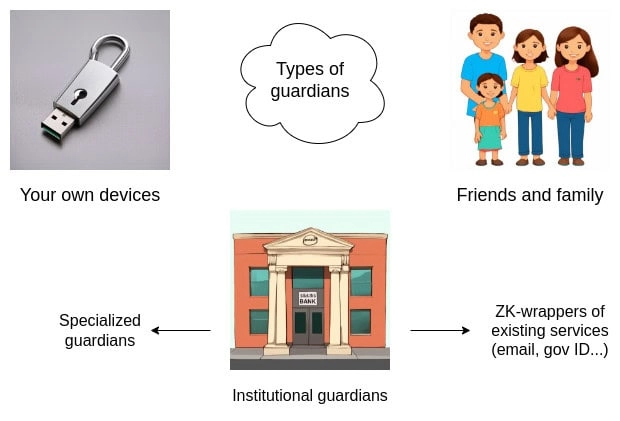You are here: Home / News / Ethereum Wallets 2.0: Vitalik Buterin’s Roadmap for Security and Privacy

Key Takeaways
- Vitalik Buterin’s vision for Ethereum wallets focuses on usability, security, privacy, and advanced technologies.
- Innovations include multi-signature recovery, zk-SNARK-based privacy tools, and AI-driven intelligent interfaces.
- Future wallets aim to simplify cross-L2 transactions and enhance security with decentralized protocols.
Vitalik Buterin’s latest blog post outlines a future for Ethereum wallets that simplifies complex processes like cross-Layer 2 (L2) transactions. Users could benefit from features like built-in cross-L2 send, gas payment optimizations, and chain-specific payment requests over QR codes. Wallets would support seamless transfers using asset-bridging protocols and DEXs for token conversion.
Coupled with that, far-edge usability solutions such as claim links and hierarchical wallet linking seek to reduce friction for new users while giving more control to those with experience. A possible foundation for seamless onboarding along with scalable security could set up a 2-of-3 guardian system, where both zk-email and multi-sig options are leveraged.

Privacy and Security Redefined
With zk-SNARKs, privacy takes the front seat: private transfers, stealth addresses, and privacy pools. Wallets will double as custodians for off-chain data, leveraging decentralized secret-sharing methods to secure sensitive information.
From the security perspective, Ethereum wallets may employ multi-sig systems for recovery and decentralized networks for guardians. It would range from institutional services to ZK-based identity solutions that would scale at user-centricity. Wallets will also prevent phishing: wallet interfaces detect whether certain content happens to be on-chain, checking for possible risks to alarm or not alarm users.

The Future of Intelligent Ethereum Wallets
In the future, Ethereum wallets will have AI and BCI integrations. This would replace the way users interact with Ethereum by predicting what they would likely be doing next, while security would enhance the analysis of the probability of any particular threat. Buterin, however, added that all such technologies are in their infancy.
As Ethereum wallets continue to morph into secure, private, and smart systems, they would set new standards for the way users interact with the decentralized ecosystem. These kinds of innovations hold out the promise of a future where accessibility will couple with robust defense, catalyzing much more extensive adoption of blockchain technologies.
Related Reading | Unstoppable XRP Growth: Market Cap Soars to $34.7B in Q3 2024





